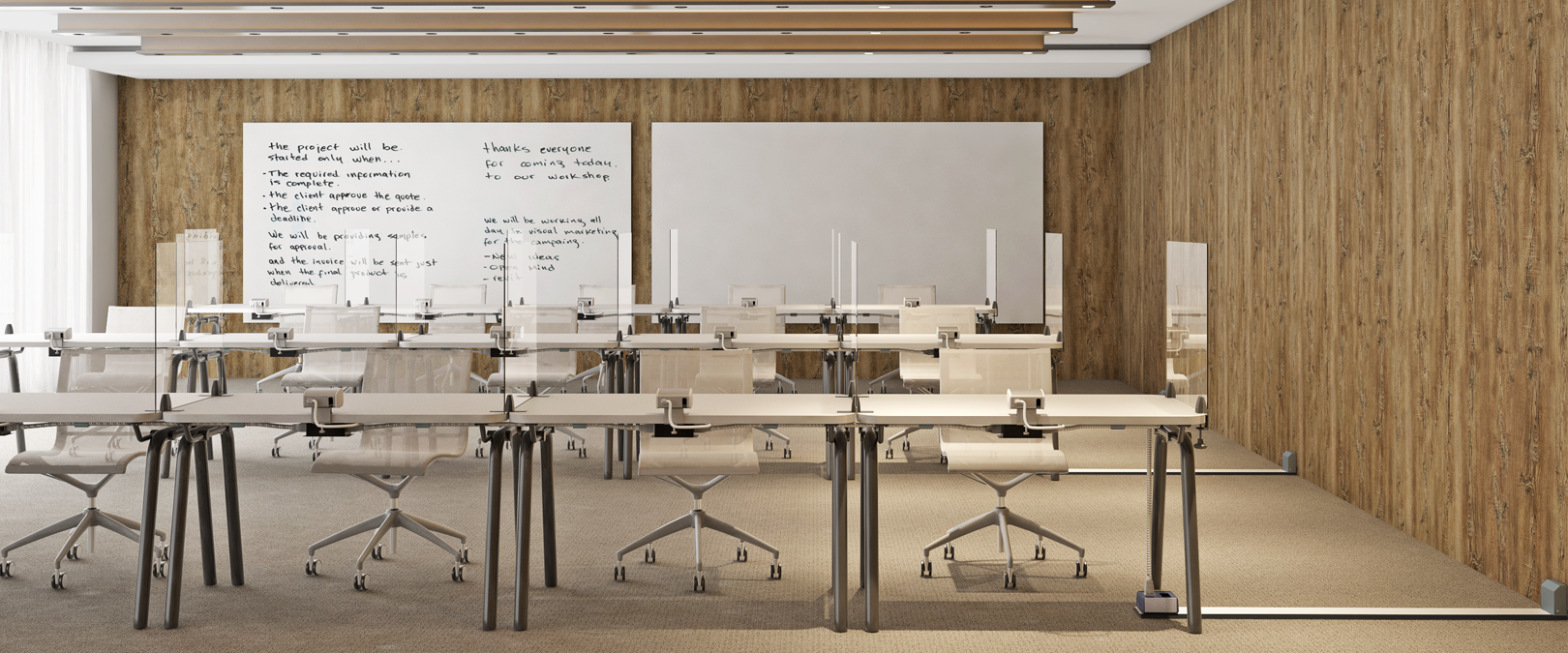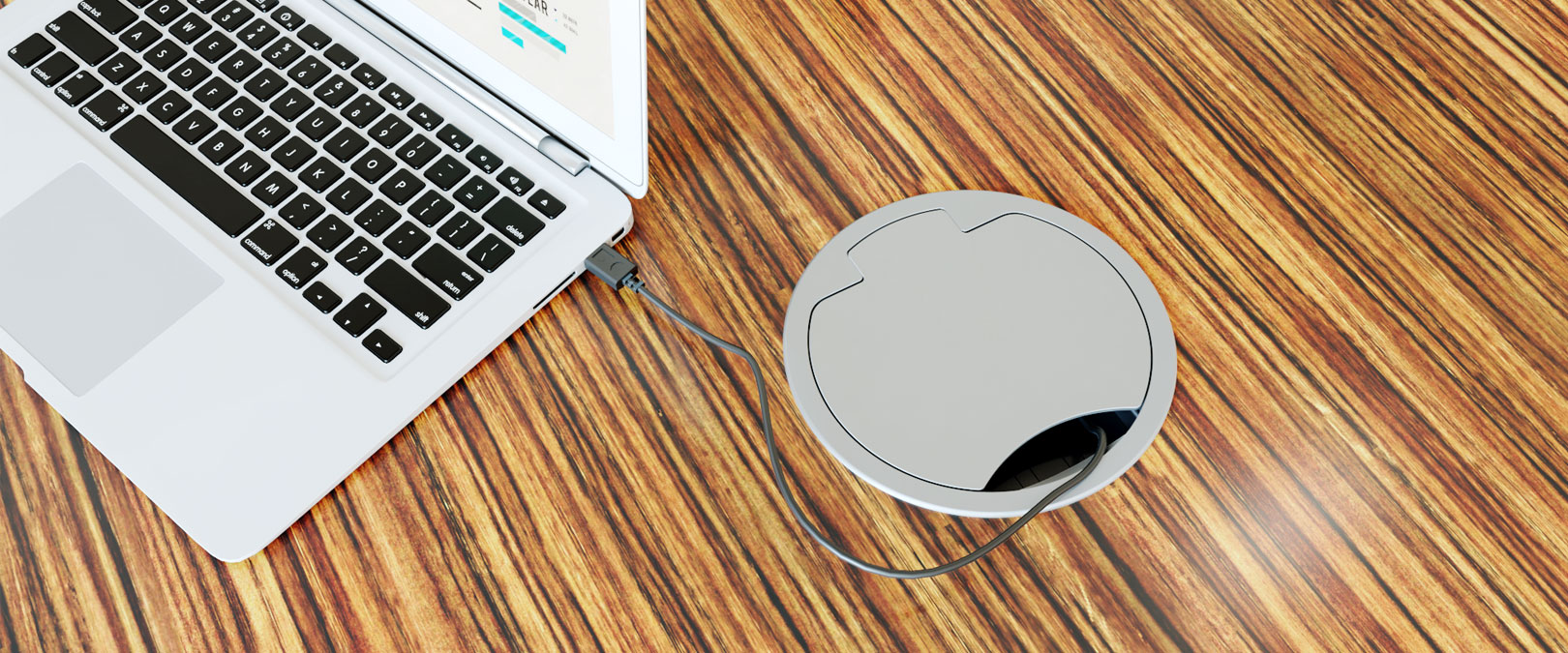
Are you a teacher, or school management who is looking to use technology to improve the quality of education but don’t know where to start? Then you need to read this post where we describe an incredible framework to do just that. The Intel Skills for Innovation (SFI) Framework is a framework that you can use to integrate technology to your programs and plans for cognitive, technical, and socio-economical skill development. You can use this framework for physical, as well as virtual learning environments.
In this post, we will investigate the path to adopt the SFI framework. The steps involve planning, experiencing, training, and deploying.
Planning
The planning stage of the framework involves anticipating the need for change, preparing for the expected changes, responding to sudden disruptions, and adapting to incremental changes on the education system.
Your students will undergo anywhere from 12-14 years of formal school before tertiary education or entering the workforce, hence, it is very important to keep tabs on the various trends on education for the next decade in the least. For this very reason alone, your education institute needs to understand the future of education.
A future-facing educational system needs to have a future-proof vision where it is not only ready for anything that might happen in the future, but actively supporting change in the educational technology space. Everyone involved in running an educational institute will also need to understand potential changes in the future and will also need to understand how to make their institute resilient to all the changes by not fighting it, but by creating a strategy on how to adopt changes as it happens.
Experience
The experience stage of the framework is included in the Intel SFI Starter Pack learning experience. This is the stage where educators experience technology-infused skill-building activities first-hand. All 70 activities used in various curriculum subjects are presented to the educators of that specific subject.
Each activity contains an educator’s guide, a teaching deck, and working files. The educator’s guide has pre-defined learning objectives, lesson overview, activity guide, troubleshooting tips, and assessment and rubrics for the activity. The teaching deck contains an introduction to the topic, hands-on activities, guided learning, discussion topics, and reflection topics. The working files contain worksheets, installation guides, applications, source files/codes, and data sets.
For the educators who are not tech-savvy (not all of us are), there are various beginner guides provided by Intel where there are basic guides on how to use and apply the guides, activities, and technologies with greater confidence.
Training
The training step of the framework is included in the Intel SFI Professional Development. This learning experience empowers educators to assume their role of adapters of technology to mentors of upgraded mindsets. This transition is captured in four steps: adapter, owner, catalyst, and mentor.
The adapter step is for new educators who have not been introduced to technology in the education sector yet. This step helps all educators build a basic fluency in education technology through a mix of face-to-face and online modules.
The owner step transitions the educators from being an active learner to an active leader in the learning experience. This involves making them familiar with remote learning, creating a healthy relationship with the machines who will act as co-educators, engaging with students in the digital age, and strengthening real-world relevance in the classroom.
The catalyst step is the step where the educators are made to imagine new ways in which technology can be used to reimagine learning experiences. They will be taught how to think analytically through data, think critically to make better decisions, and they will be taught how to bridge the gap between creativity and analytical thinking.
The mentor step involves introducing the educators to the upgraded mindsets resulting from the Fourth Industrial Revolution. They will also be taught how to navigate the future of technology that is turbulent at best. This course will explain what it is to have an Agile Mindset, and how it will affect the teaching and learning environment. It will also teach them strategic thinking where the educators will be taught how to think divergently where multiple scenarios can be created through one situation. It will also teach them how to develop plans for each possible future. This step also includes understanding the science behind curiosity, and it will teach educators how to harness the powers of curiosity in their learners to make them into innovators and forward thinkers.
Deploy
The final step of the framework is the deployment step where everything that the educators have learned is deployed in the real-world. Intel has an SFI Learning Platform where educators and administrators can access a rich, interactive social learning environment where they can learn, share, collaborate and connect to a global population of educators.
If there are any problems in the deployment of any of the activities involved in the framework, the good people in the learning platform will always be ready to help you.
Wrapping It All Up
In this post, we discussed a framework on how to introduce technology in the classroom. This framework is called the Intel Skills for Innovation Framework. This framework is divided into four easy steps which are planning, experience, training, and deploying.
Planning involves everything involved with planning the future of your educational institute with a vision that withstands the changing tides of technology.
Experience includes a learning experience where educators are brought into the world of the students and made to experience the new education technology landscape through the eyes of a beginner.
Training includes all the steps involved to create a trained professional who has successfully transitioned from a student into a full-fledged educator of new minds.
Deployment involves bring your new skills into the real world by introducing your students to it. It is the final step and there are tens of thousands of educators around the world who are with you in this step through the SFI Learning Platform.





